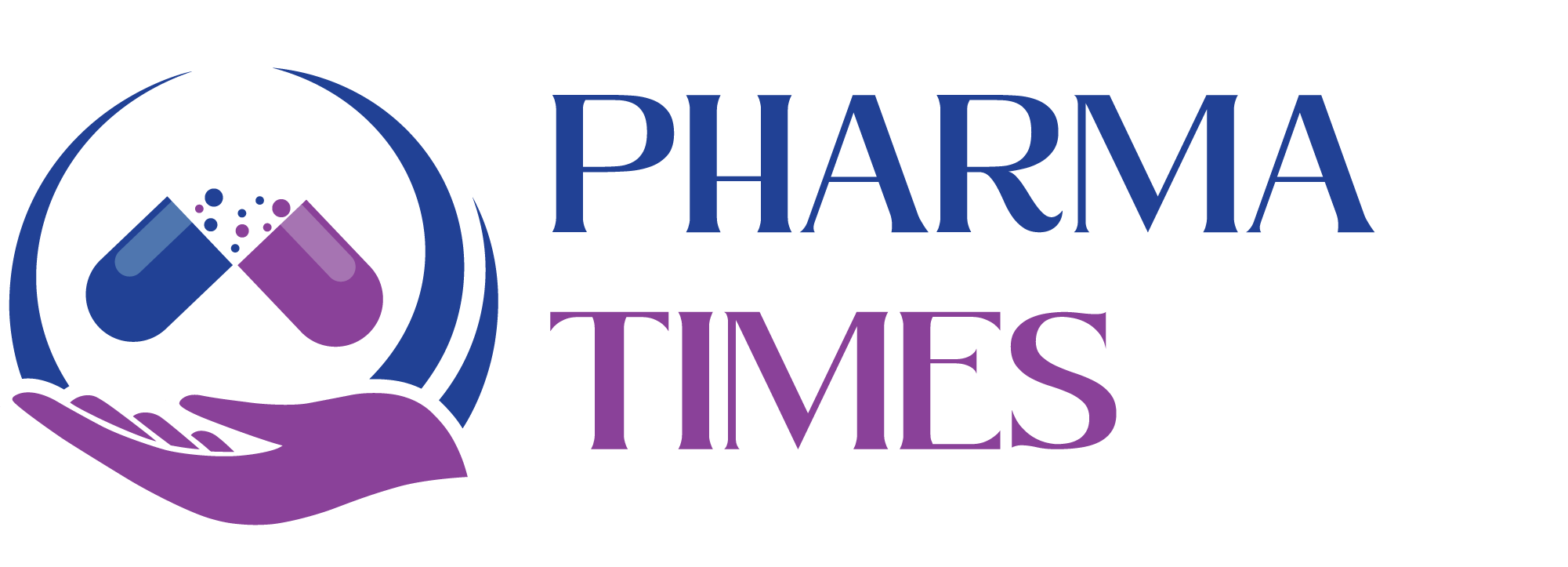SOP for Building Maintenance.

Standard Operating Procedure (SOP)
1. Purpose
To define the process for performing routine and preventive building maintenance to ensure a safe, functional, and presentable environment.
2. Scope
This SOP applies to all maintenance personnel and contractors involved in the upkeep of [Organization/Facility Name]’s buildings, including structural, mechanical, electrical, and general areas.
3. Responsibilities
-
Maintenance Supervisor: Oversee maintenance activities, allocate tasks, and verify completion.
-
Maintenance Technicians: Perform repairs, inspections, and preventive maintenance tasks.
-
Facility Manager: Approve maintenance schedules, budgets, and major repair work.
-
External Contractors: Handle specialized maintenance (e.g., HVAC servicing, electrical compliance checks).
4. Procedure
4.1 Preventive Maintenance
-
Prepare a maintenance schedule based on manufacturer recommendations and building usage.
-
Perform regular inspections of:
-
HVAC systems
-
Plumbing and drainage
-
Electrical systems
-
Roofing, walls, and foundation
-
Fire safety equipment
-
Elevators and escalators
-
-
Record findings and immediate actions taken.
4.2 Routine Maintenance
-
Daily/weekly cleaning and minor repairs (e.g., changing light bulbs, fixing door hinges).
-
Landscaping and grounds maintenance.
-
Pest control management.
4.3 Emergency Maintenance
-
Set up an emergency call-out protocol (24/7 availability for critical repairs).
-
Immediate response to urgent issues like:
-
Water leaks
-
Power outages
-
Fire alarms/malfunctions
-
-
Document all emergency interventions and corrective actions.
4.4 Work Order Management
-
Use a work order system (manual or digital) to track:
-
Issue reported
-
Assigned technician
-
Resolution status
-
Materials used
-
4.5 Contractor Management
-
Vet and approve third-party service providers.
-
Ensure compliance with safety standards and regulations.
-
Verify completion of outsourced tasks before payment.
5. Safety and Compliance
-
Adhere to Occupational Health and Safety (OHS) regulations.
-
Use appropriate personal protective equipment (PPE).
-
Ensure proper signage during maintenance work (e.g., “Wet Floor”, “Work in Progress”).
6. Documentation
-
Maintenance logs
-
Inspection reports
-
Work orders
-
Contractor service reports
-
Compliance certificates
7. Tools and Equipment
-
Maintain an inventory of maintenance tools.
-
Schedule regular servicing of tools and equipment.
-
Report and replace damaged tools immediately.
8. Review and Continuous Improvement
-
Review the maintenance performance quarterly.
-
Identify recurring issues and update maintenance schedules.
-
Conduct refresher training for maintenance staff annually.
9. References
-
Local building codes and regulations
-
Occupational Safety and Health Standards
-
Manufacturer maintenance manuals
10. Annexures
-
Preventive Maintenance Schedule Template
-
Work Order Form Template
-
Building Inspection Checklist.
🎓 Discover one of the best Quality Assurance courses available — click below to explore the course that’s shaping future QA skills.

